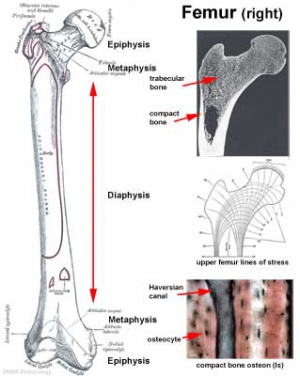User:JAbraham
University of New South Wales work experience
Day 1
- arrived at the Wallace Wurth building in UNSW.
- attended an OH&S meeting about discussing risk management procedures for student practicals in the lab.
- observed a medical research student conduct a research experiment on the causes of Glaucoma; where I observed the changing of pH of a particular liquid which would then be observed and the number of dead and living cells in it would be recorded.
Day 2
- attended a presentation in which three SoMS honour research students presented their research projects. They included:
- Cytokines, Chemokines and growth factors inplicated in angiogenesis during muscle regeneration
- S100 proteins in systemic lupus erythematosus
- Allosteric modulation of B2-Adrenoceptors
- visited the anatomy museum and observed various disections of human and other animal body parts; including the legs, hands, kidneys and heads. As well as observing models of the skeletal system and the spinal chord.
Day 3
- attended an OH&S training course for SoMS summer school research students. This included a powerpoint presentation of the basic safety precautions in a laboratory. Information was given on the meanings of hazard signs, evacuation procedures, proper safety equipment to be worn in the lab and emergency procedures in dangerous situations.
Bones
Without bones, we would collapse into a heap. They are what allow us to move and perform various functions. A typical bone has a hard outer layer that is strong, dense and tough. Inside, is a layer of spongy bone which is lighter and is slightly flexible.And in the middle of some bones, bone marrow can be found. It is the constant production area of cells for the blood. An important mineral for bone cells is calcium, so it is important to have a healthy intake of calcium-rich foods such as milk or yoghurt.
--Mark Hill 08:00, 16 November 2011 (EST) OK so far, where is your drawing?
Functions of bones
Bones have many functions in the body. Some of the main ones are:
- Support
- Protection
- Assisting in movement
- Storage of minerals
- Production of blood cells
Support
The skeleton provides framework for vertebrates. It supports tissues and organs inside the body as well as form the shape of the vertebrate. The skeleton includes points of attachment called joints (e.g. knee joint, elbow) for extra support and flexibility of movement.
Protection
The skeleton acts as a barrier, providing protection for the internal organs and fragile tissues of the body. this reduces the risk of injury to them. The brain, eyes, heart, lungs and spinal chord are all protected by the skeleton. (e.g. the rib cage protects the lungs and the heart, the skull protects the brain and eyes.)
Assisting in movement
Bones provide the structure for muscles to attach, enabling us to move. Because the skeletal muscle and bone are attached, when the respective muscle expands or contracts, the bone moves along with it, causing the whole body to move in the direction of the muscle held by the tendon.
Storage of Minerals
There are several minerals that bone tissues store; including calcium and phosphorus. If required, bones release minerals into the bloodstream to maintain the balance of minerals in the body.
Production of blood cells
Bone marrow is a flexible tissue that is located in the interior of bones. In humans, the bone marrow in large bones of the body produces new blood cells so that it can transport oxygen to our organs and fight infections.
